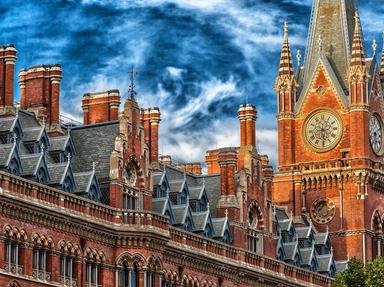Quiz Answer Key and Fun Facts
1. Each part of the UK has its own distinctive national flag. Which of these creatures features on the flag of Wales?
2. Margaret Thatcher was Britain's first female Prime Minister. Which political party did Margaret Thatcher lead?
3. Prior to 2015, if a person in the UK was given an ASBO what did they receive?
4. Which King of England was killed when, according to legend, he was shot in the eye with an arrow at the Battle of Hastings?
5. Bangers and Mash is a traditional British meal and can be found on many UK pub menus. What is Bangers and Mash?
6. Scotland is the second largest country of the United Kingdom. What city is Scotland's capital?
7. Wassailing is a longstanding tradition in parts of the UK. Which of these is the best description of Wassailing?
8. According to legend Saint Patrick is credited with banishing which creatures from the Irish mainland?
9. Archibald Leach was born in Bristol, England in 1904. He left the UK in 1920 to find fame and fortune in the USA. In which profession did he gain success?
10. Which of the UK national landmarks listed below is affectionately known as the "Old Lady of Threadneedle Street"?
Source: Author
musicmonkeyman
This quiz was reviewed by FunTrivia editor
ArleneRimmer before going online.
Any errors found in FunTrivia content are routinely corrected through our feedback system.


